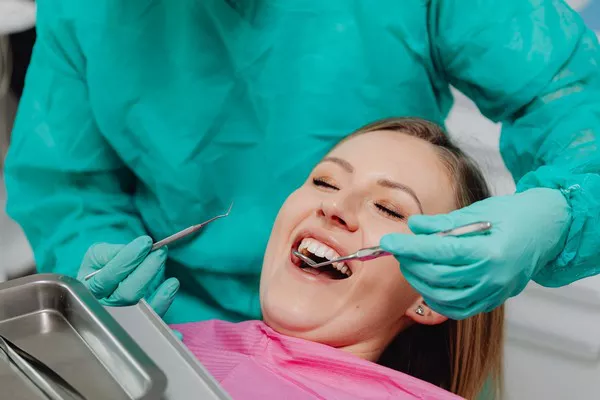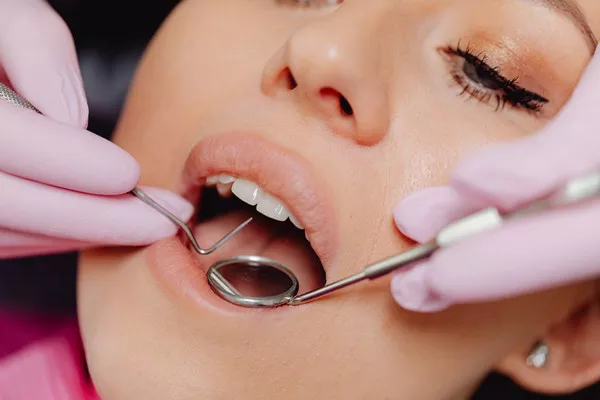A bright, confident smile can make a significant impact on one’s appearance and self-esteem. Over time, factors such as aging, lifestyle choices, and dietary habits can lead to tooth discoloration. As a result, many individuals seek teeth whitening solutions to restore the natural whiteness of their teeth. Among various methods available, cold light teeth whitening has gained popularity in recent years. This article aims to explore the effectiveness of cold light teeth whitening in achieving a dazzling smile and its potential benefits and drawbacks.
Understanding Cold Light Teeth Whitening
Cold light teeth whitening, also known as LED teeth whitening or light-accelerated bleaching, is a cosmetic dental procedure that claims to deliver noticeable results in a short period. It involves the use of a specialized light-emitting diode (LED) lamp in combination with a whitening gel containing hydrogen peroxide or carbamide peroxide. This method differs from traditional at-home whitening kits or professional treatments by utilizing light energy to accelerate the whitening process.
The Science Behind Cold Light Teeth Whitening
The fundamental principle behind cold light teeth whitening is the activation of hydrogen peroxide molecules present in the whitening gel. When exposed to the specific wavelengths emitted by the LED lamp, these molecules break down, releasing oxygen. This oxygen then penetrates the tooth enamel and dentin, breaking down stubborn stains and discoloration. The result is a brighter, whiter smile.
Benefits of Cold Light Teeth Whitening
Quick and convenient: Unlike some other teeth whitening methods, cold light teeth whitening usually requires only a single visit to the dentist’s office. The treatment session generally lasts for about 30-60 minutes, making it a convenient option for individuals with busy schedules.
Effective results: Cold light teeth whitening has shown promising results in removing extrinsic stains caused by factors like coffee, tea, tobacco, and aging. It can lighten the shade of teeth by several shades, resulting in a noticeable improvement in overall appearance.
Reduced sensitivity: Unlike some traditional methods, cold light teeth whitening is generally considered to be less harsh on tooth enamel, thus minimizing sensitivity issues that some individuals may experience during or after treatment.
Drawbacks and Considerations
Limited effectiveness for intrinsic stains: While cold light teeth whitening can effectively address extrinsic stains, it may be less effective against intrinsic stains that originate from within the tooth structure. In such cases, alternative treatments such as veneers or professional bleaching might be more suitable.
Temporary results: The longevity of the whitening effects varies among individuals and depends on various factors such as oral hygiene practices, dietary habits, and lifestyle choices. Typically, the results of cold light teeth whitening may last anywhere from a few months to a year or longer.
Sensitivity and gum irritation: Although cold light teeth whitening is generally well-tolerated, some individuals may experience temporary tooth sensitivity or gum irritation following the procedure. Dentists often apply protective measures to minimize these potential side effects.
Conclusion
Cold light teeth whitening offers a convenient and potentially effective solution for achieving a whiter smile. By utilizing LED light energy to accelerate the breakdown of staining compounds, this method can deliver noticeable results in a short timeframe. While it may not be suitable for all types of tooth discoloration, it can effectively remove many common extrinsic stains. However, it is essential to consult with a qualified dental professional to determine the best treatment option based on individual needs and circumstances. With proper care and maintenance, cold light teeth whitening can help individuals regain their confidence and showcase a brilliant, radiant smile.
Related Topics:































